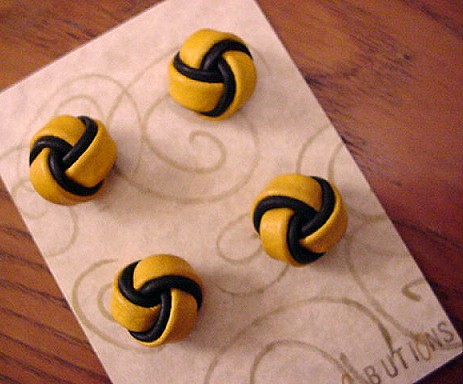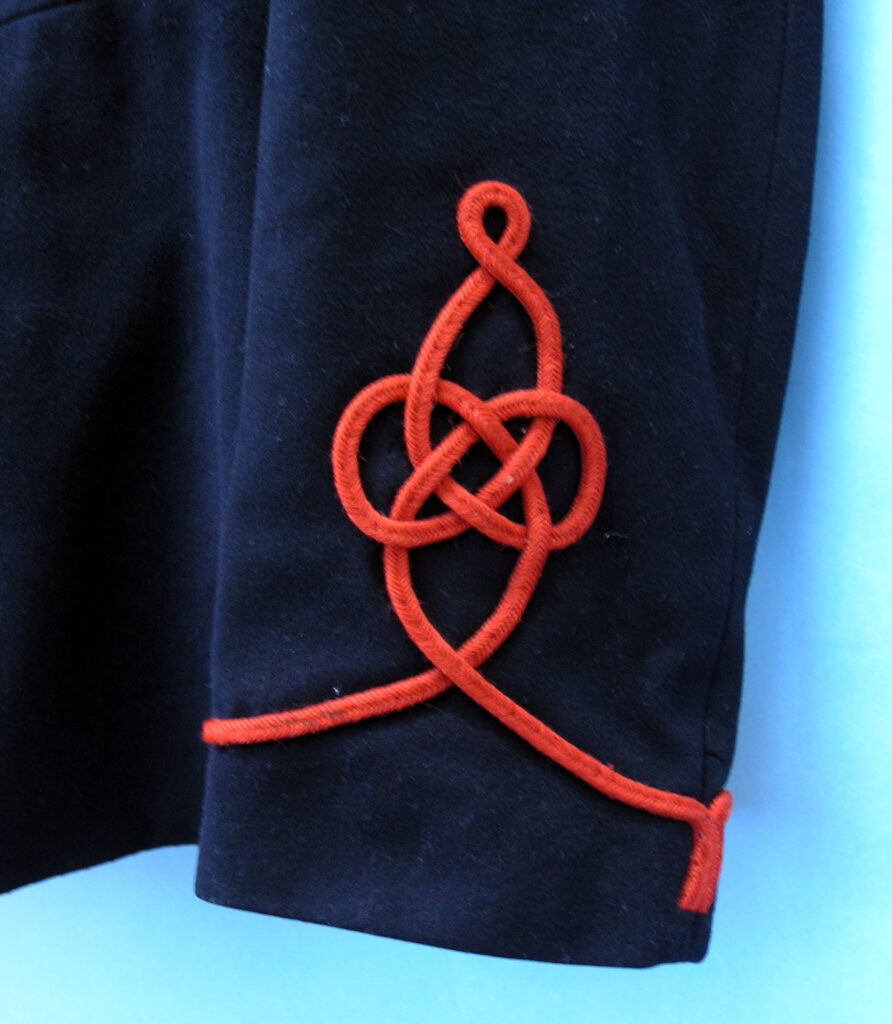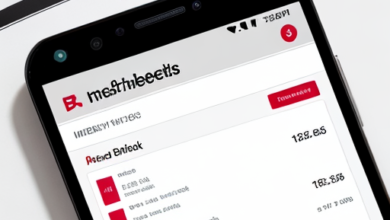
If you’ve ever tried your hand at knot-tying, you might have come across a little gem known as the button knot. It’s one of those knots that look simple but can be surprisingly versatile and useful in various situations. In this article, we’ll delve into the world of button knots, exploring their history, applications, and how to tie them. So, grab your rope and let’s embark on a knot-tying adventure!
What Is a Button Knot?
At its core, a knot is a decorative stopper knot that resembles a button – hence the name. But don’t let its dainty appearance fool you; this knot packs more than just aesthetics. It’s often used to prevent the end of a rope from slipping through an opening or to serve as an ornamental piece in various crafts.

The History Behind Button Knots
Button knots have a rich history dating back centuries. Sailors in ancient times used these knots for securing their sails and rigging. Over time, they evolved beyond their utilitarian roots and became a decorative art form in knotwork.
Types of Button Knots
Button knots come in various styles and designs. The most common types include the simple knot, the monkey’s fist, and the lanyard knot. Each has its unique charm and application.
Why You Should Learn to Tie a Knot
So, why should you invest your time in mastering the art of tying knots? Well, there are several compelling reasons. For one, they can be your savior in practical situations, and they also make fantastic additions to your DIY and crafting projects.
Mastering the Knot: A Step-by-Step Guide
Tying a button knot might seem daunting at first, but fear not. We’ll guide you through the process, making it easy to understand and execute.
Materials You’ll Need
Before we dive into the steps, let’s gather the necessary materials. You’ll need a piece of rope, cord, or twine, and a little bit of patience.
Step 1: Forming the Overhand Loop
To start tying a knot, create an overhand loop at the end of your rope. Think of it as making a simple knot at the very beginning.
Step 2: The First Wrap
Take the working end of the rope and wrap it around the loop once, crossing over the standing part.
Step 3: Second and Third Wraps
Continue wrapping the working end around the loop two more times, making a total of three wraps. This creates the distinctive button shape.
Step 4: Passing Through the Loop
Now, carefully pass the working end through the loop from underneath. Be patient and gentle to avoid any snags.

Step 5: Tightening the Knot
Hold onto the working end and gently pull it while maintaining the tension on the standing part. As you do this, the wraps will start to tighten.
Step 6: Final Adjustment
Once the knot is secure and snug, give it a final adjustment. Ensure that it’s symmetrical and sits nicely like a button.
Applications of Button Knots
Knots find their way into many practical applications, as well as creative projects. Here are a few areas where you can put your button knot-tying skills to good use.
Sailing and Boating
In the world of sailing and boating, button serve as essential stopper knots. They prevent ropes from sliding through cleats and hawseholes, keeping everything secure and in place.
Camping and Outdoors
Button knots are handy in camping and outdoor activities. Use them to secure your tent lines or create adjustable loops for various purposes.
Crafts and DIY Projects
Button bunch add a touch of elegance to your craft projects. Whether you’re making jewelry, keychains, or decorative items, they can be the perfect finishing touch.

Button Bunch: A Knot with Versatility
Button bunch, with their charm and utility, are like the Swiss Army knives of the knot-tying world. They’re not just knots; they’re a form of art and craftsmanship that can be as simple or intricate as you desire. So, give it a try and explore the world of button knots. They might just become your new favorite knot!
If you want more details VISIT & do not Hesitate Just CONTACT US




Your point of view caught my eye and was very interesting. Thanks. I have a question for you.
Your article helped me a lot, is there any more related content? Thanks!